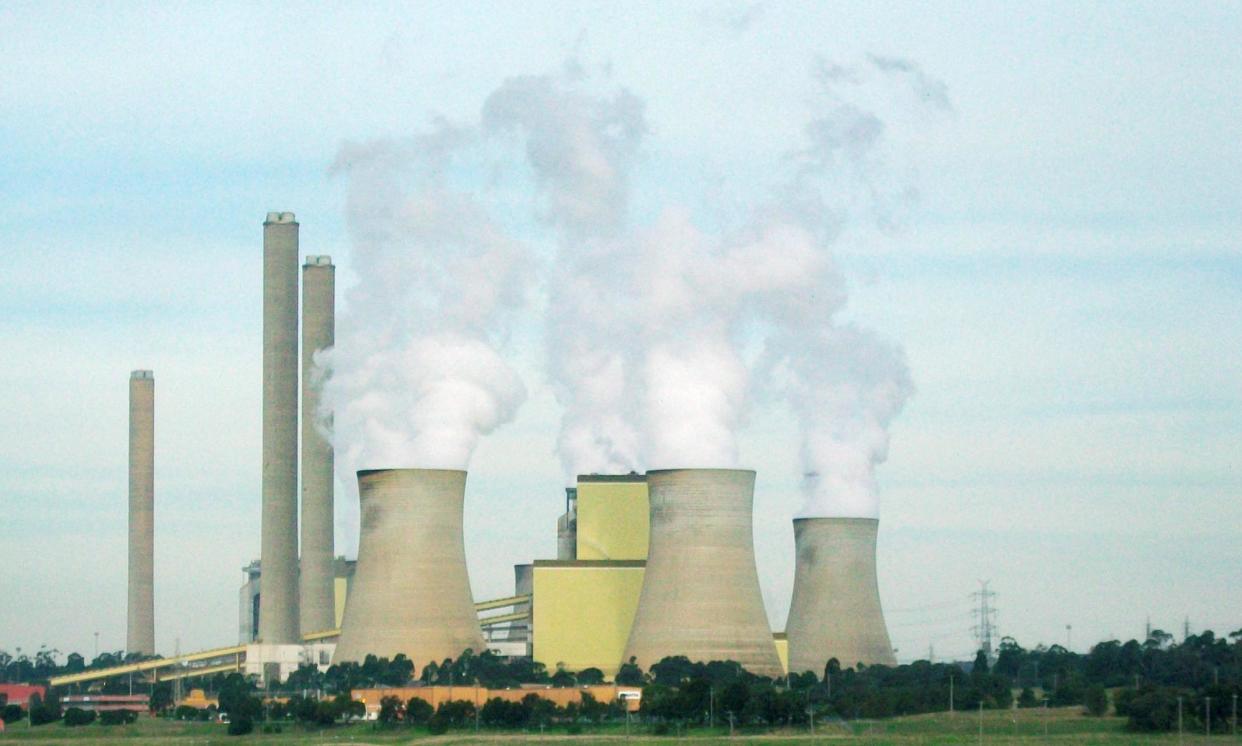Carbon price should be set at $70 a tonne and rise six-fold by mid-century, says AEMC

New energy market laws should set a carbon price starting at $70 a tonne, rising steadily to six times that by mid-century, according to the agency that sets the nation’s electricity and gas market rules.
In a report released without fanfare at the end of March, the Australian Energy Markets Commission (AEMC) set an interim value for cutting emissions, starting at $70 per tonne of carbon dioxide-equivalent in 2024. That price should increase steadily to reach $420/t CO-e by 2050, when Australia aims to reach net zero carbon emissions.
The requirement for a carbon costing followed changes to national energy legislation that covers the electricity, gas and energy retail sectors. Federal, state and territory energy ministers agreed in May 2023 to make cutting carbon pollution an objective of key energy laws for the first time, with price and reliability among the other targets.
“Emissions reduction is no longer considered only as part of the external context of for our decision-making, but as one of the central considerations in determining if changes are in the long-term interest of consumers,” AEMC said in the report.
Alan Pears, an energy expert and industry fellow at RMIT University, said the emissions reduction “value” was in effect a shadow carbon price that could have an “enormous” impact on the energy sector.
Australian Energy Market Operator officials told a webinar last week that the operator would need to amend its draft 2024 blueprint for the country’s energy future – the Integrated System Plan – to include the projected carbon price, Pears said. The final ISP is scheduled for release on 28 June.
“Adding $70/t-plus is a lot,” he said. “You really change the economics of the AEMO model.”
In particular, a carbon price would “make quite a difference” for the prospects of gas-fired generation that previous ISPs had assumed would play a bigger role as coal plants exit, Pears said.
The Gillard Labor government implemented a $23/t carbon price that took effect from July 2012. It was scrapped by the Abbott coalition government two years later, making Australia the first nation to introduce and then rescind a price on greenhouse gases.
There is no political appetite to re-introduce an economy-wide carbon price, despite many economists saying a “polluter pays” approach is the most efficient model. Still, several Albanese government policies do create penalties to nudge companies and consumers to emit less.
For instance, the revamped safeguard mechanism aimed at capping and then reducing emissions from industry will reward firms with credits if they cut pollution faster. These credits could be traded to laggards, effectively setting a carbon price.
The government’s proposed vehicle emissions standards would also create incentives for carmakers to outperform the targets that can be traded for firms falling short.
The AEMC report said the interim carbon value may have impacts for emissions from facilities under the safeguard mechanism. “Any emissions reductions achieved under the amended objectives should be considered as complementary to the incentives provided” by that scheme, it said.
Related: Australia’s carbon credits system a failure on global scale, study finds
Pears said that even without a formal carbon price in place, companies making long-term commitments had to assume some cost of future emissions.
He noted the $70/t interim price was “conservative” compared with Europe’s carbon market where the price was currently more than $100/t. Europe’s plans to impose a tariff on carbon imports were also sending a signal.
“As an investor in fossil fuels, I’d be starting to get quite nervous,” Pears said.
The AEMC deflected Guardian Australian queries to the office of federal energy minister Chris Bowen. Guardian Australia also sought comments from energy ministers in several states and territories.
A spokesperson for the Western Australian government said the national electricity objective did not apply in that state.
“WA is subject to its own electricity sector regulation overseen by the independent Economic Regulation Authority,” the spokesperson said.
WA would soon introduce its own electricity objective that would not impose an equivalent emissions value. It would, though, “require decision makers to consider environmental outcomes, alongside reliability and price, when making decisions”.
A statement by the energy ministers at the end of February noted the interim emissions price would remain in place until 30 June 2025 or until it is superseded “by an updated instrument, rule or regulation, whichever is earlier”.


